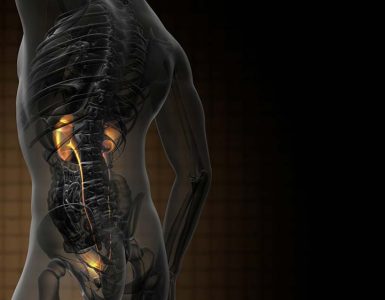‘Down syndrome’ or ‘Down’s syndrome’ (DS) is a condition in which a child is born with an extra copy of their 21st chromosome so it is also known as ‘trisomy 21’. This disability causes mental and physical developmental delays and disabilities. Asim et al. (2015) and Parker et al. (2010) informed that the prevalence of DS is 14 per 10,000 live births in the USA and an incidence of 1/800 live births in the world.
Congenital Heart Defect (CHD) is defined as a defect in the structure of the heart or great vessels that is present at birth. Nahar et al. (2012) claimed that CHD is encountered in 40-63.5% of DS patients and is considered to be the most common cause of mortality among them. Existing literature informed that growth delay is one of the cardinal signs featuring children with DS especially the short stature while 30% of DS children suffer from obesity.
According to UNICEF Data (2020), about half of all deaths in children under 5 are attributable to under-nutrition while this condition puts children at greater risk of dying from common infections and delays recovery. O’Neill et al. (2005) found that inadequate nutrition and feeding problems are characteristically present in DS children.
Besides this, the presence of other related comorbidities like CHDs enhances the risk of malnutrition and failure to flourish among those children. Samarkandy et al. (2012) revealed that DS children consume considerably lower intake of proteins and fat when compared to their normal siblings but there were no changes in the carbohydrate and caloric intake between the two groups. Huynh et al. (2008) found that fat and protein intake is currently replacing the carbohydrates in the diet of their studied preschool Vietnamese children. Luft et al. (2006) observed that ‘Atrioventricularseptal Defect’ was the most prevalent type of CHD (42%) in our population.
On the other side, Bravo-Valenzuela et al. (2011) studied that parental overprotection and the restricted pattern of their physical activity can aggravate their overweight.
Recently, Pakistan Journal of Nutrition published a research to evaluate the nutritional status of a group of Egyptian DS children through studying their dietary macro and micronutrient intake and assessing their anthropometric measurements. The researchers observed that children with DS are closely related to CHD and more susceptible to nutritional complications. They recommended that nutritional rehabilitation strategy, comprising various micronutrient supplementations, is vital in the management of those children with the early involvement of dietitians and caregivers.
















Add comment